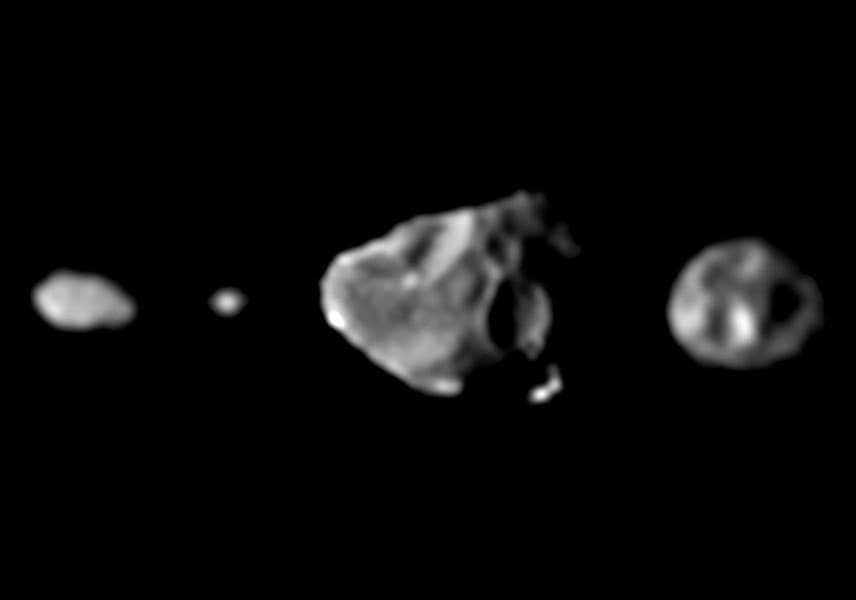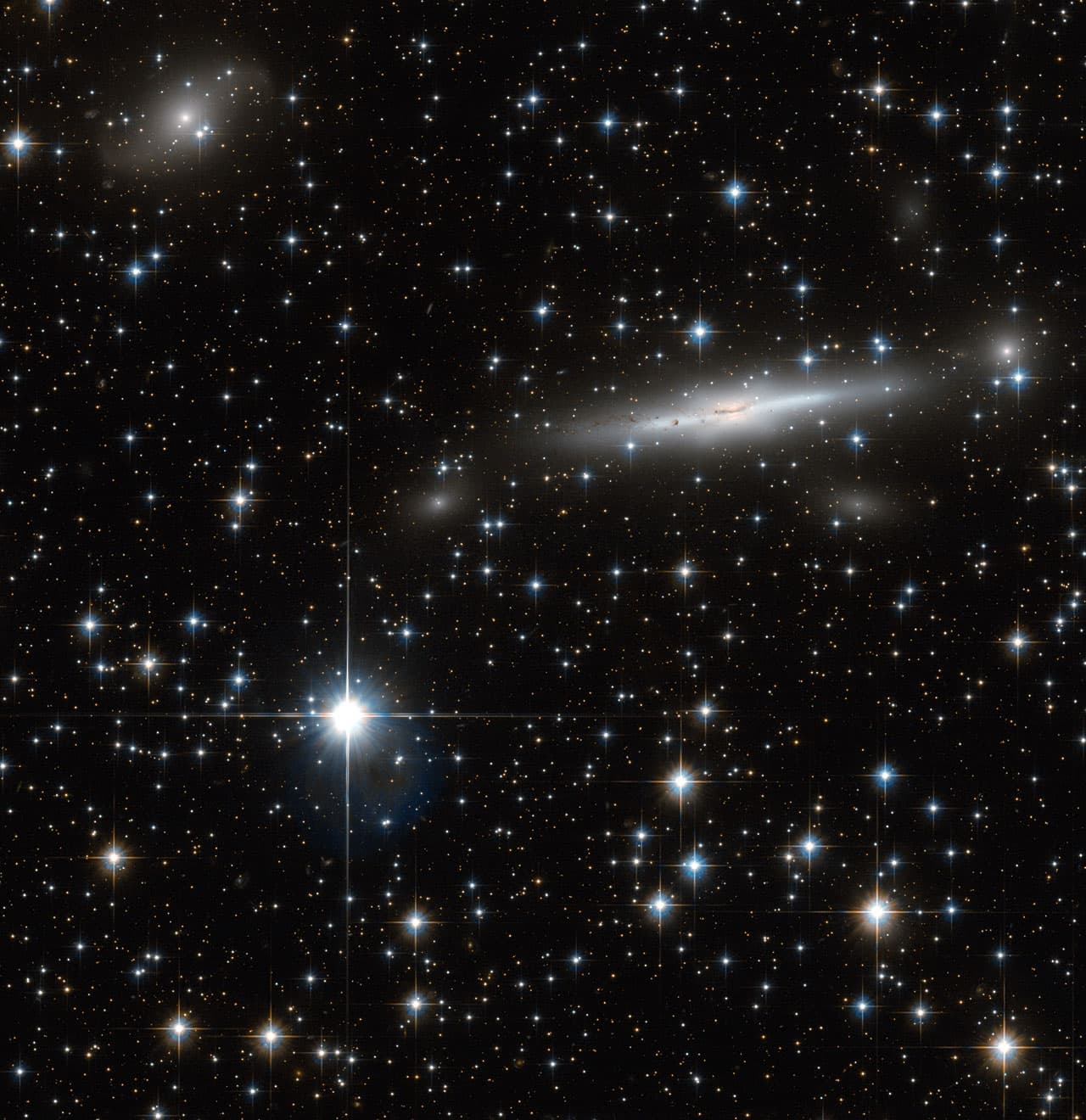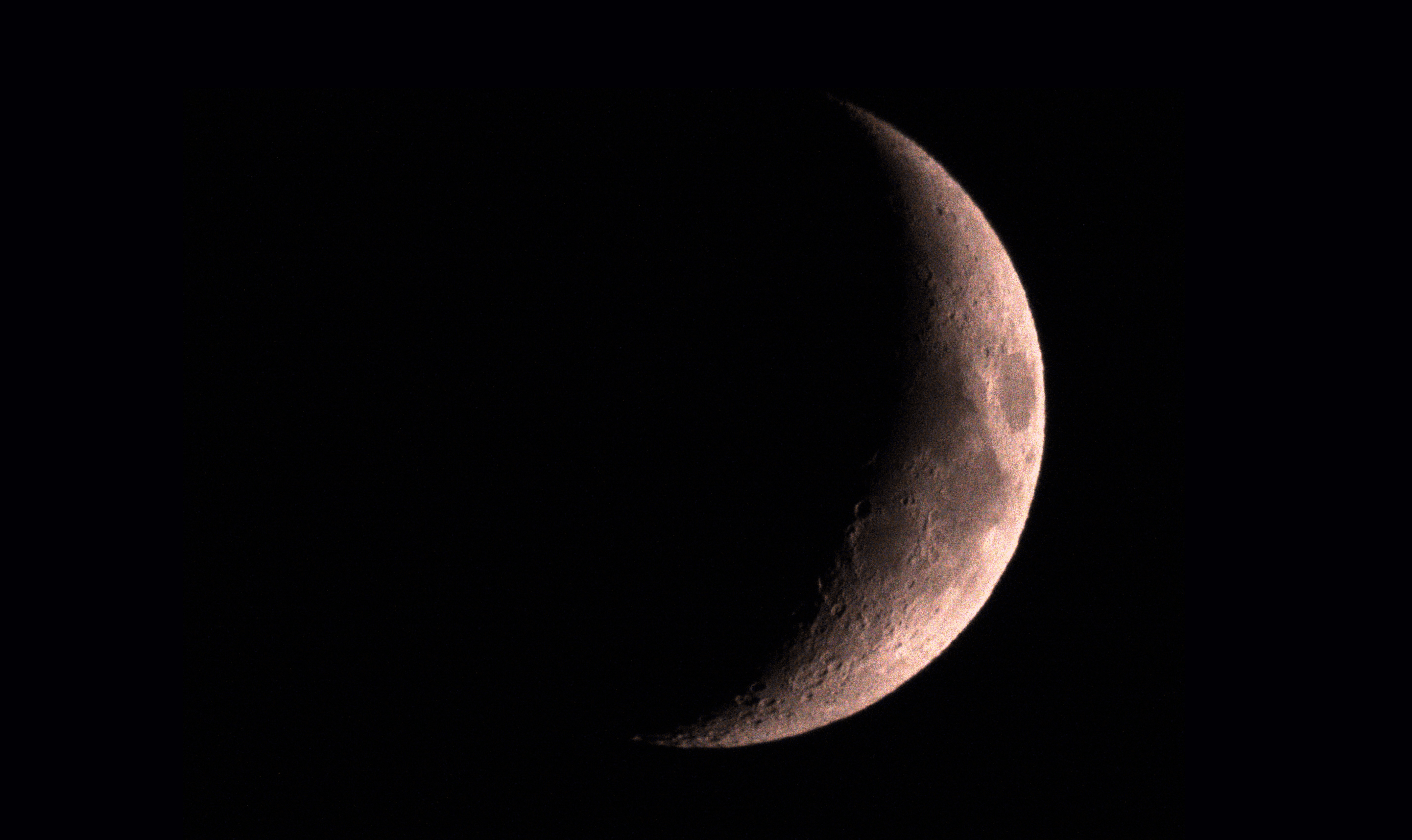Science Communication
My work in public engagement began in 2011 during my Ph.D. when I helped run talks aimed at the general public by the Astrophysics group at Imperial College London. Since then, science communication has grown to be more than a side gig. It’s the central part of my career, whether it is written word for my full time job at IFLScience, in a variety of forms for my blog, talks, pop-events in museums, and for event organisation.

Talks & Festivals
I've given talks at many different types of events and in different styles. I've been invited to speak at the Royal Observatory of Greenwich and the Cheltenham Science Festival. I've given talks at the Science Museum, at the World Sci-Fi convention, in Parliament, at a literary salon in Shoreditch, and with Science Show Off a few times. [Photo credit: Steve Cross]
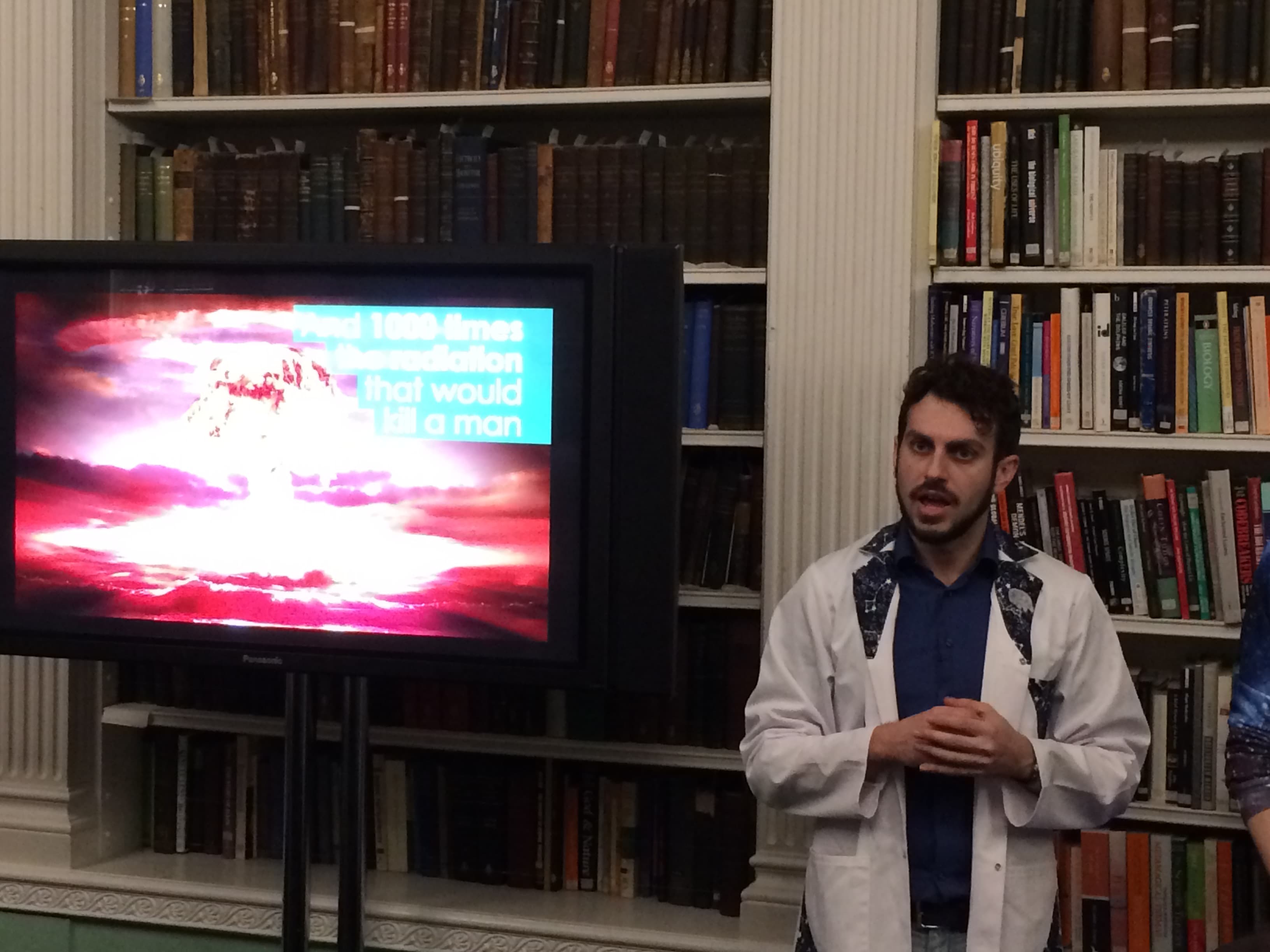
Pop-Up Activities
I've organised pop-up activities for the Lates at the Royal Institution when I was chair of Science London, and since. I enjoy the design of these transient museum exhibitions as they need to convey and deliver messages in a completely unique way compared to regular talks or for a permanent collection.
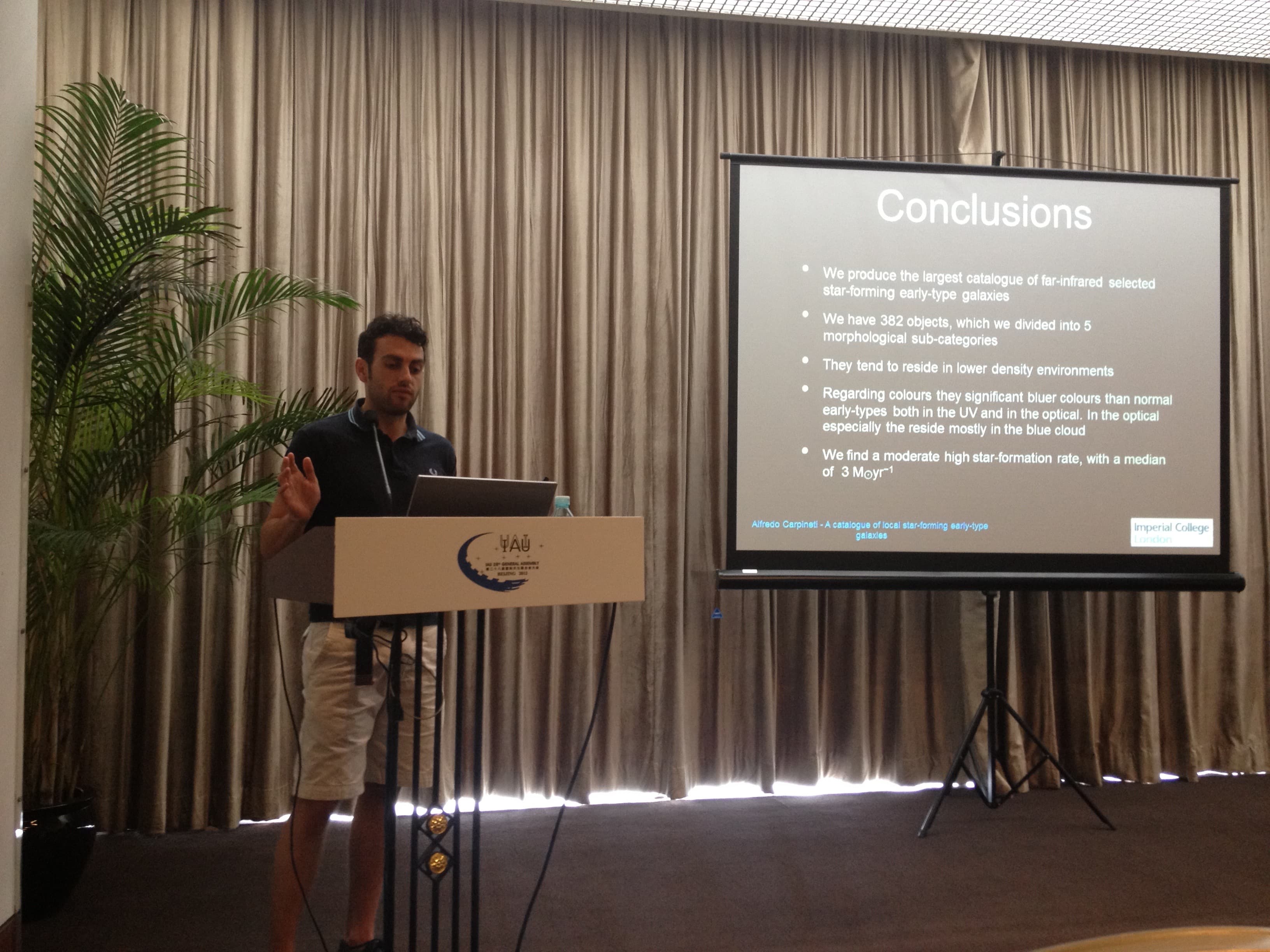
Event Organisation
Public engagement is not all about the limelight, and I enjoy the behind the scenes organisation of events just as much as I enjoy talking about science. I organised the IFLScience LIVE event in May 2017 in Bush Hall and I regularly organise Out Thinkers, an event where LGBT scientists and engineers can showcase their work.
Journalism
While the interest for communicating science in the written form has always been with me, it became a profession in 2015 when I started working for IFLScience. In the last two years, I’ve produced more than 1,500 articles mostly on space and physics which are my areas of expertise and also on medicine, archaeology, and social sciences. I’ve also written about astronomy for Italian publications such as the Corriere Della Sera.
Below are a couple of pieces from IFLScience that I’m particularly proud of, and a selection of blog posts from The Astroholic.

The fifth observation of gravitational waves (GW) marks the beginning of a new era in astronomy. On August 17, 2017, the LIGO and VIRGO collaborations detected neutron stars merging for the first time and immediately alerted observatories around the world. In a matter of hours the event had been located, another first for GW astronomy, and telescopes around the world begun studying it almost immediately.
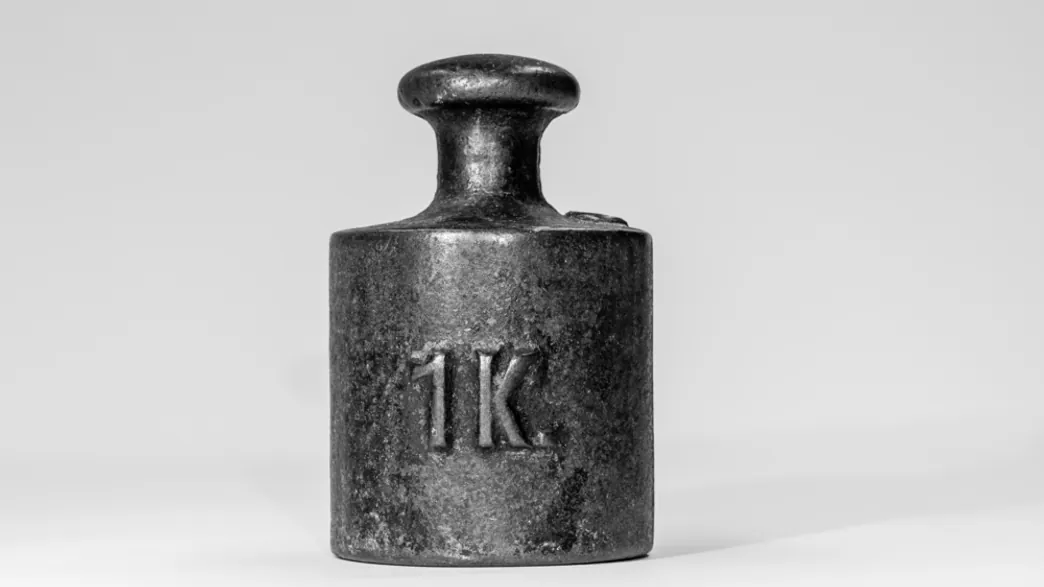
One of the goals of science is to provide the most accurate description of reality as possible, so it’s always fun telling people how the unit of mass is defined. The kilogram, for example, is defined as the mass of a platinum-iridium cylinder in Sèvres, France.
